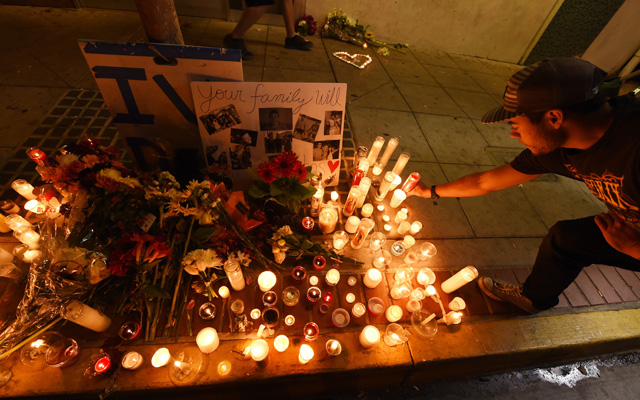
Amid the horrific accounts of the Isla Vista mass murders and the ugly misogynistic resentments expressed by alleged killer Elliot Rodger, one of the startling facts to emerge in the incident is that Santa Barbara sheriff’s deputies met with Rodger on April 30 to determine if he posed a threat.
The officers checked on Rodger at his apartment “at the request of state mental health officials, acting on an expression of concern by his mother,” says the New York Times. “They left after a calm and polite Mr. Rodger assured them that there was nothing to worry about. The officers reported that Mr. Rodger was shy and had told them that he was having difficulties in his social life.”
The encounter with the deputies is described by Rodger in the 134-page autobiographical manifesto he sent out shortly before the attack. The document, which lays out the plans for a killing spree, is a bitter recounting of his life and the deep resentments he had built up, especially toward the women who continuously rejected him, he said. Here’s an excerpt about the meeting with the deputies, which occurred after he had posted disturbingly bitter videos online:
After only a week passed since I uploaded those videos on YouTube, I heard a knock on my apartment door. I opened it to see about seven police officers asking for me. As soon as I saw those cops, the biggest fear I had ever felt in my life overcame me. I had the striking and devastating fear that someone had somehow discovered what [I] was planning to do, and reported me for it.
If that was the case, the police would have searched my room, found all of my guns and weapons, along with my writings about what I plan to do with them. I would have been thrown in jail, denied of the chance to exact revenge on my enemies. I can’t imagine a hell darker than that. Thankfully, that wasn’t the case, but it was so close.
Apparently, someone saw my videos and became instantly suspicious of me. They called some sort of health agency, who called the police to check up on me. The police told me it was my mother who called them, but my mother told me it was the health agency. My mother had watched the videos and was very disturbed by them. I don’t suppose I’ll ever know the full truth of who called the police on me. The police interrogated me outside for a few minutes, asking me if I had suicidal thoughts. I tactfully told them that it was all a misunderstanding, and they finally left. If they had demanded to search my room … That would have ended everything. For a few horrible seconds I thought it was all over. When they left, the biggest wave of relief swept over me. It was so scary.
Rodger Visited by Sheriff’s Deputies in April
Santa Barbara County Sheriff Bill Brown discussed the visit by his deputies on CBS’s “Face The Nation.”
